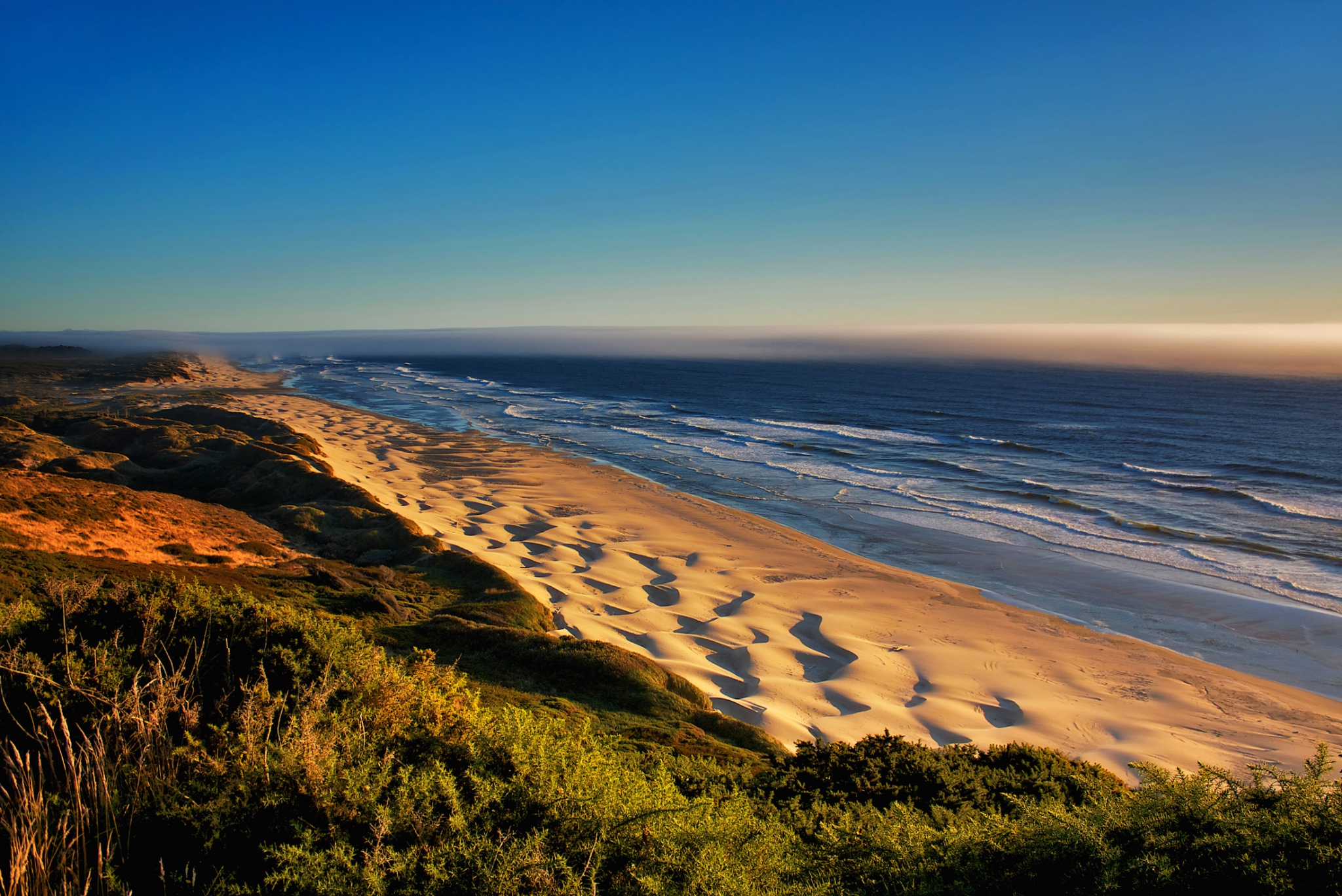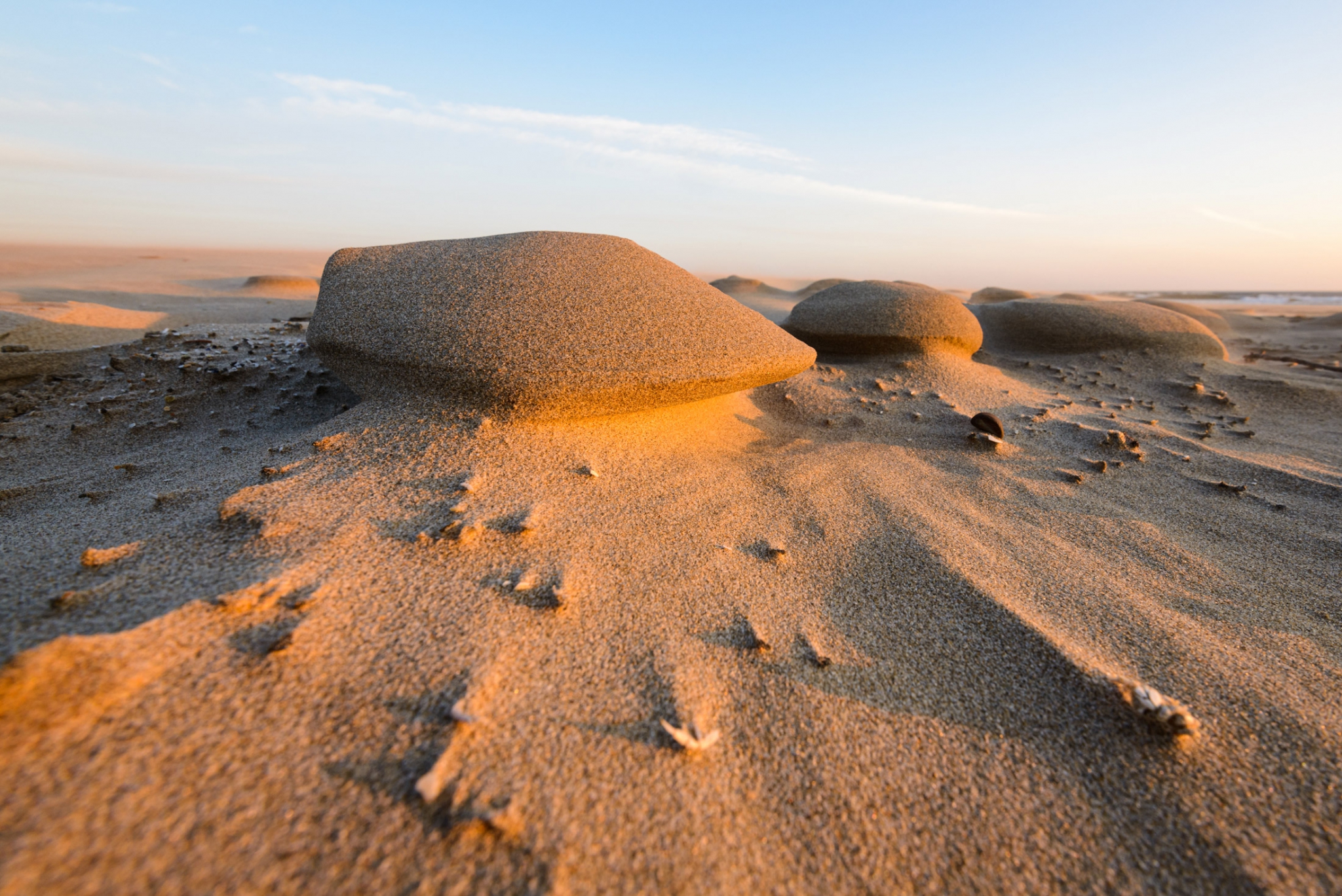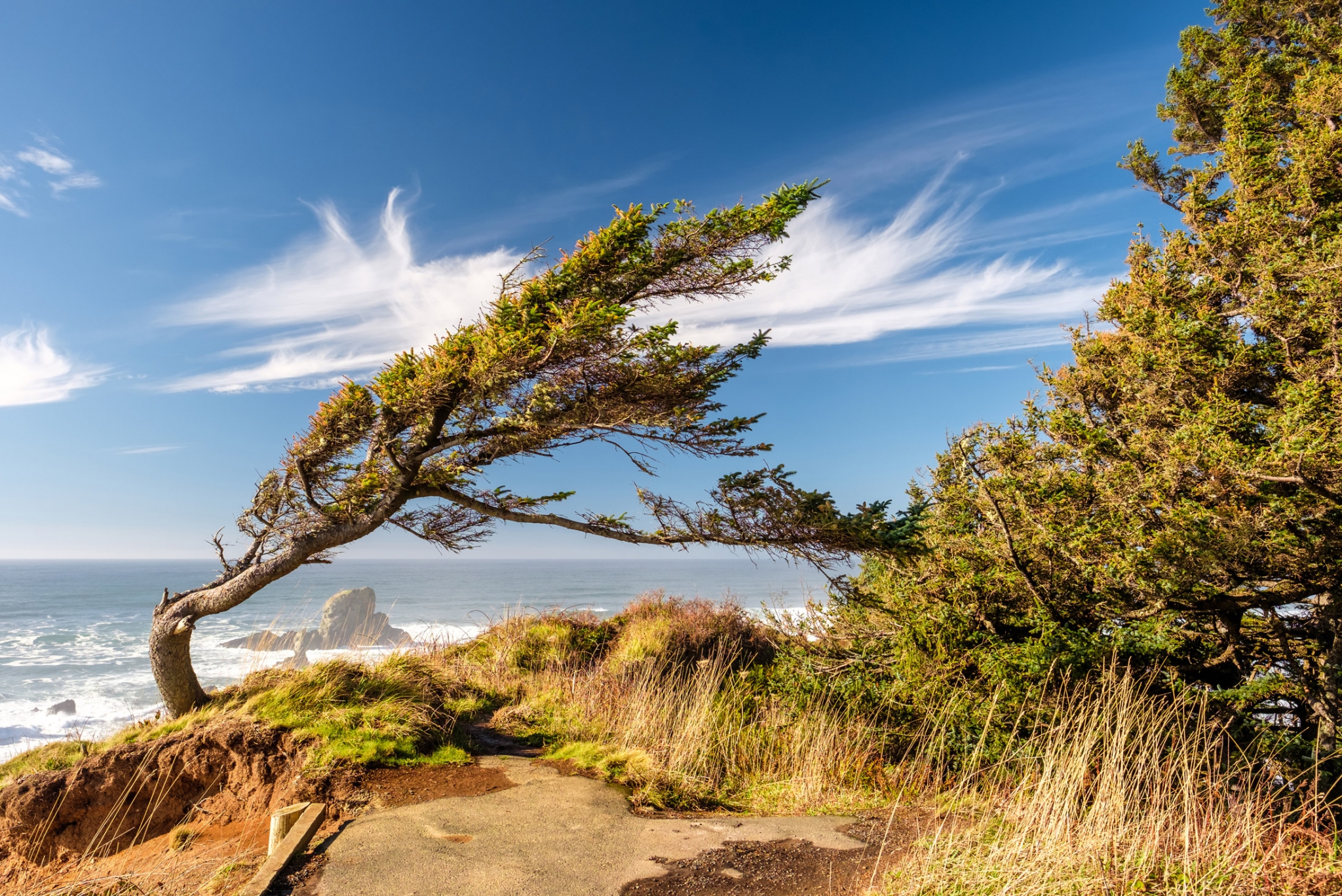
See the Wind Everywhere You Look
The next time you walk along the beach during your stay at The Fireside Motel in Yachats, take a moment to watch the wind in action. True, wind isn’t really visible in the obvious sense – not like the way we feel it and hear it. But evidence of its action is visible all around us.
Wave action, for one, is powered by wind. Those white caps we see on a breezy afternoon along the coast are a familiar sign of the energy and speed of wind and water interacting along the surface of the ocean. The stronger the wind, the more likely wave action will increase, with whitecaps occurring in deeper water when the wind-driven wave height surpasses the wave length. When the waves break, air and seawater mix to form the whitecaps.
Standing on the beach, you may feel the tiny pricks of sand pelting your skin as soon as the wind picks up. That same sand pelts the cliffs and rocks along the coastline, wearing them down. During this erosion, more sand is created as the wind, over time, wears down and polishes the rock features.
Also on the beach, the wind will form sand serpentines or swirls on the surface. Standing in one spot, you can watch the sand dance across the top of the beach, slithering and sliding like snakes.
Dunes are an incredible visible testament to wind at work, and Oregon is lucky to be home to the Oregon Dunes National Recreation Area, one of the largest expanses of temperate coastal sand dunes in the world, stretching nearly 40 miles. In Florence, just 30 miles south of Yachats, visitors can see magnificent dunes in the Jesse M. Honeyman Memorial State Park.
Wind and water are the two strongest forces in shaping dunes. In the summer, mountain barriers deflect the lighter wind currents that sculpt the sands into many different shapes. In the winter, much stronger winds move large amounts of sand, even reshaping dune positions and ridges. Some dunes are as high as 180 feet with lengths of up to a mile!
The prevailing winds sculpt coastal trees, bending their branches in one direction and training them to hold that position. Some trees even grow completely on the leeward side, away from the wind. These lopsided trees are called flag trees, because they look like a flag blowing in the wind. Salt water mist is another of wind’s gifts. Trees deal with such mist almost daily, and few of them can tolerate the drying effects. Look for wind-sculpted trees in the parking lot at The Fireside Motel, as well as along the 804 Trail.


OCEAN & BEACHES
